How to make slow-motion video content
Want to know the ins and outs of slow-motion video? Learn how to film slow-motion video, which camera to use, which editing software to pick, and more.
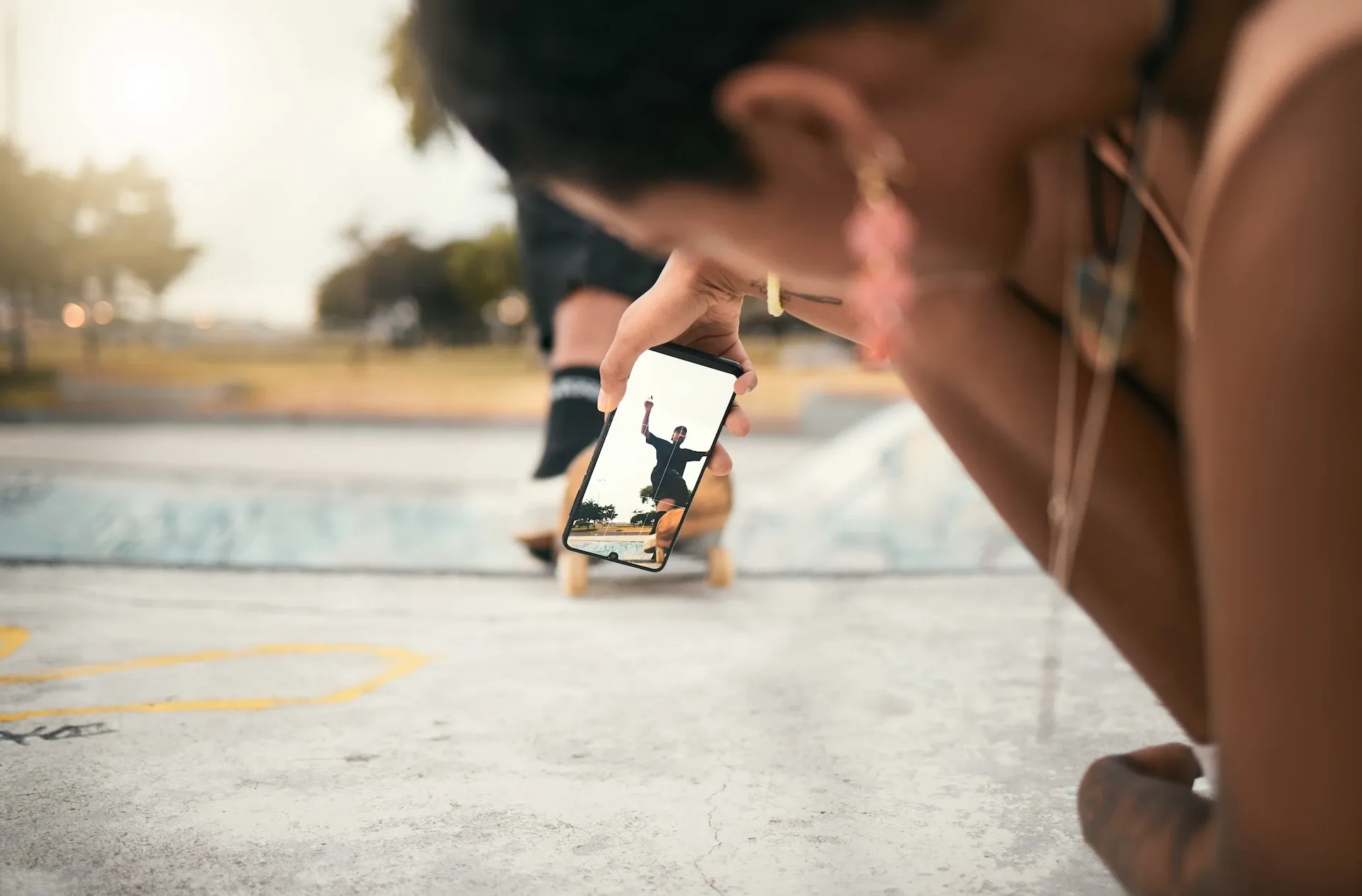
Slow-motion video looks incredible, but how hard is it to capture, what equipment do you need, and what are the best examples? Let’s cover the essentials today.
We’ll discuss:
- What is slow-motion video?
- How does slow-motion video work?
- Why do people use slow-motion video?
- How to make slow-motion video with a camera
- The best cameras for slow-motion video
- How to make slow-motion video on an iPhone
- How to make slow-motion video in post-production
- What are some of the best examples of slow-motion video?
What is slow-motion video?
Slow-motion video does what it says on the box: it’s video content that’s been slowed down. The slow-motion effect can be captured either in-camera, via video editing software, or through a combination of both.
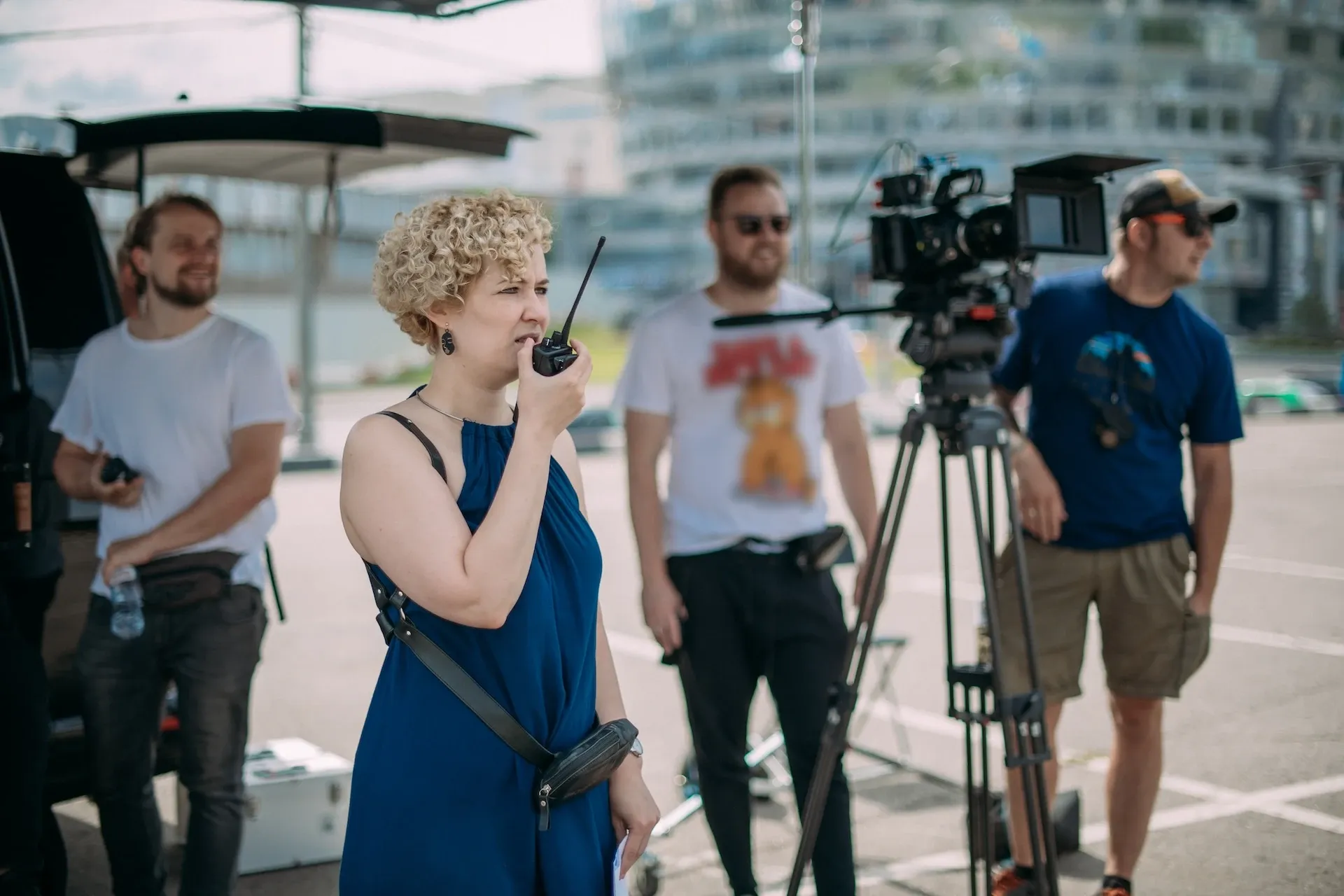
How does slow-motion video work?
Slow-motion video is a much more manageable concept once you break down how regular video works. If you’ve ever watched Wallace & Gromit, Chicken Run, or The Nightmare Before Christmas, you’ll be aware of stop-motion animation — each frame is painstakingly composed to follow the next, creating the illusion of ‘real’ movement when placed in a sequence.
The same goes for live-action video, which is made up of individual frames. When the frames are played sequentially, they appear to ‘move.’ That’s why a lower frame rate will produce a choppy visual, and a super-high frame rate might look overly smooth.
Slow-motion video just displays these frames at a slower pace — footage shot at 60fps will play in 2x slow-motion at 30fps, and so on. The higher the frame rate, the more detailed your slow-motion footage will become.
Why do people use slow-motion video?
Slow-motion video can be tough to master — if you don’t initially set out to do so, it can prove difficult to achieve in post-production.
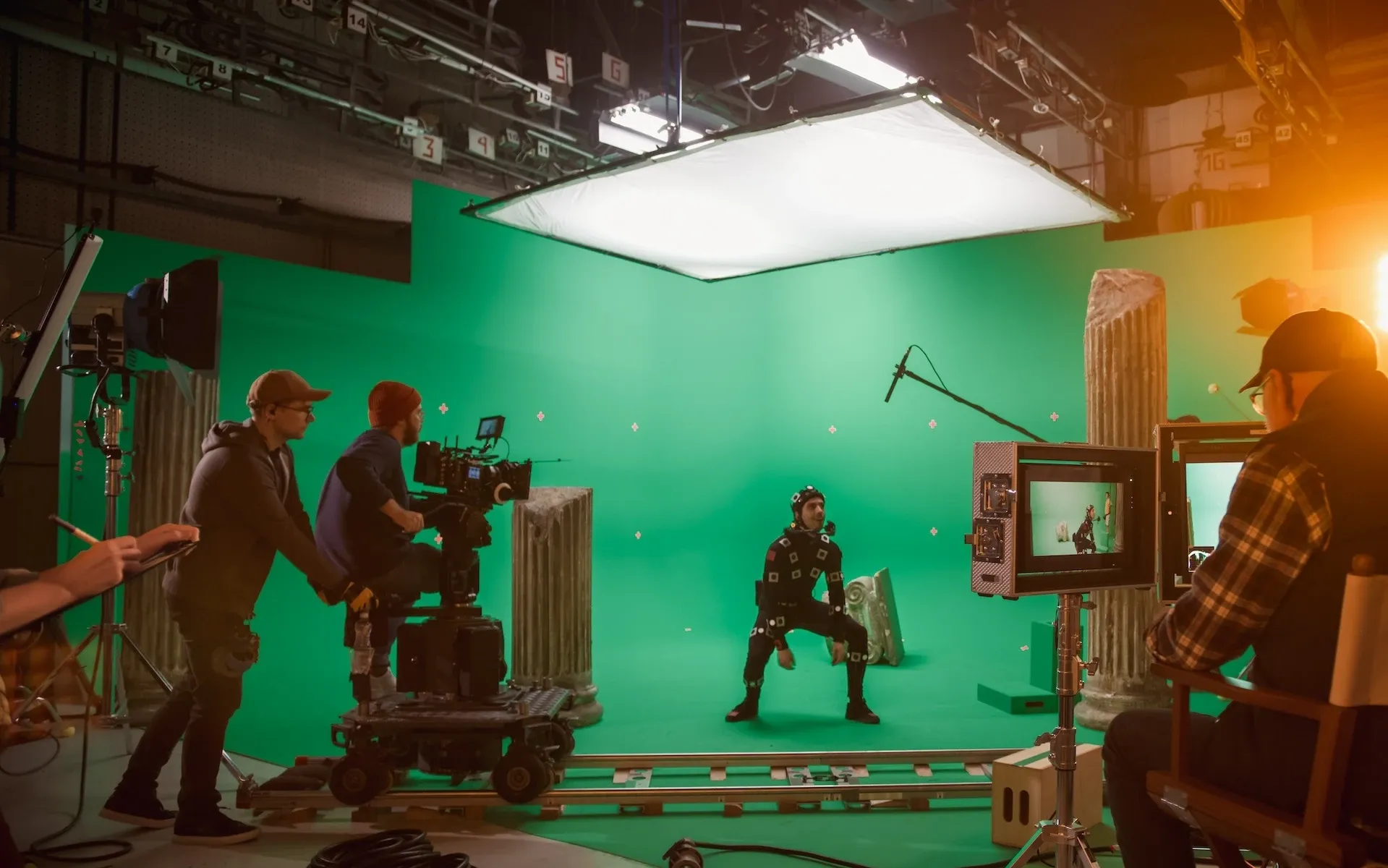
So, why do filmmakers go out of their way to craft slow-motion video in painstaking detail?
- To create drama: A critical moment or action can be amplified with slow-motion, ramping up the suspense and keeping viewers on their toes.
- To focus intensely: If the audience’s eye needs to be drawn to a specific movement, shot, or subject, slow-motion video can do the trick.
- To contextualize a lightning-fast action: A slingshot firing, an intense close-up shot, Usain Bolt sprinting — blink and you’ll miss them. Slow-motion video feeds this information to viewers in a more digestible fashion.
- To replay something: The football highlights wouldn’t be anywhere near as long if they didn’t employ slow-motion video. Every significant goal, penalty, and foul can be analyzed and rewatched at a snail’s pace.
- ...Because it looks nice: Sometimes, a slow-motion shot just looks better than a regular shot.
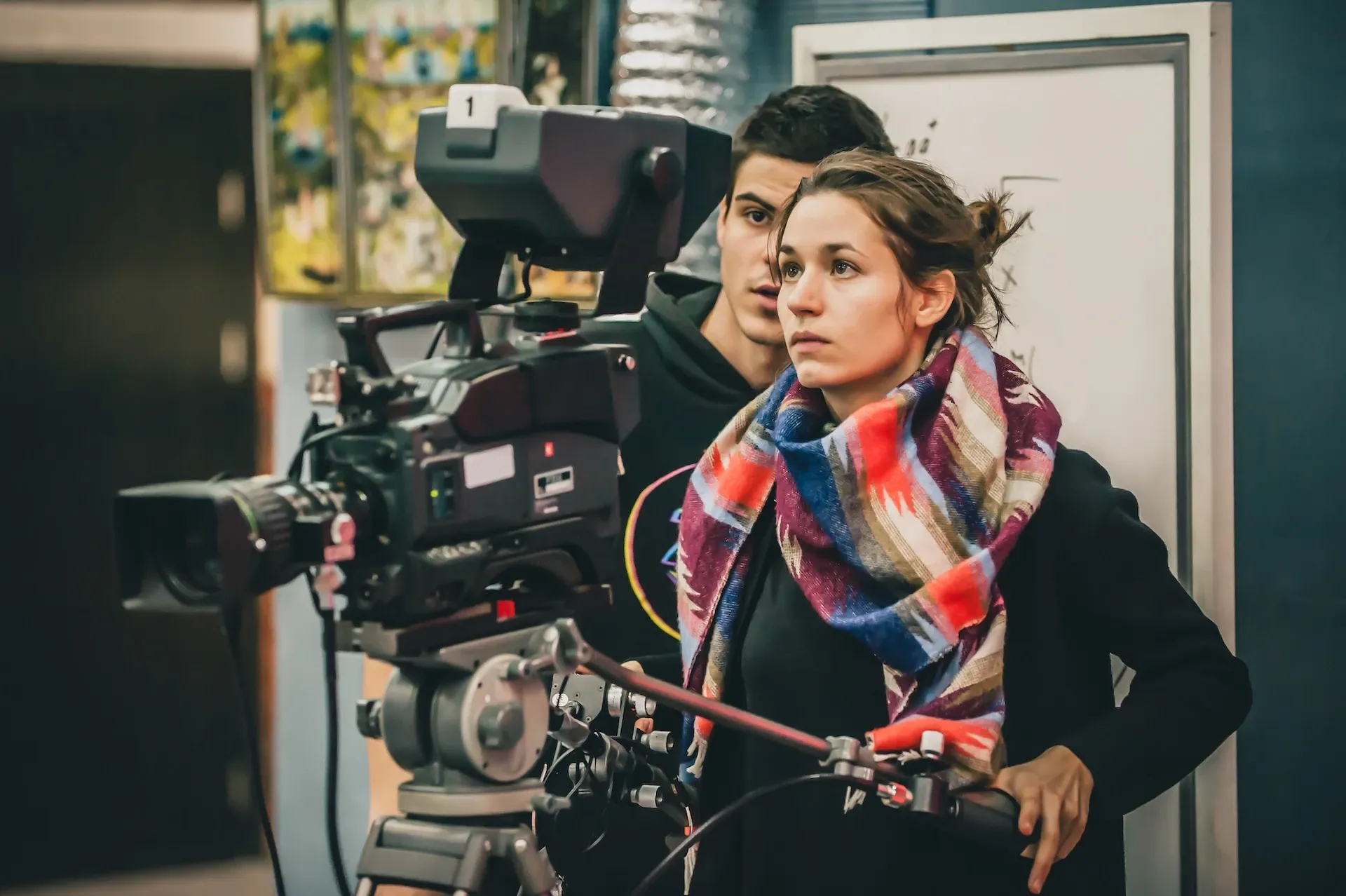
How to make slow-motion video with a camera
You can capture slow-motion footage directly with your camera. Here are a few steps to get started:
- Choose the right camera: Hopefully this doesn’t sound like we’re teaching you how to suck eggs, but it’s worth repeating: your slow-motion footage will only be as good as the equipment you use. We’ll run through some best-in-class cameras shortly.
- Choose the right equipment: Think of all of the extra gear you’ll need for your shoot, then bring more. Consider stabilization options like gimbals, tripods, and dollies; audio considerations like soundproofing, microphones, and ambient noise; and lighting fixtures like Fresnel lights, key lighting, and more. The slow-motion effect is the main objective, but its success hangs on everything around it.
- Choose the right frame rate: For slow-motion video, you’ll want to bump your frame rate up to at least 60fps. This will provide a 2x slow-motion playback of 30fps. You can go higher than this if you’re tracking a fast-moving subject, but bear in mind your desired platforms’ limitations. Take Instagram, which only displays video at a maximum of 30fps — anything lower will be automatically compressed.
- Choose the right shutter speed: Broadly speaking, your shutter speed should be double that of your frame rate — if you’re shooting at 120fps, set the shutter speed to 1/240. Doing so will minimize the risk of motion blur and give your slow-motion footage the smooth, clean vibe you’re looking for.
- Do as much work as possible in pre-production: Why are you composing a slow-motion shot? What does it add to your content, and how does it slot in with the rest of your project? Prepare as much as you can beforehand, ideally to the point where anyone could take your notes and stage the shot themselves.
Need something to soundtrack your slow-motion wizardry? We’ve got you covered. Check out Epidemic Sound’s catalog of more than 50,000 tracks and 200,000 unique sound effects and variations below — we’re sure you’ll find what you’re looking for.

The best cameras for slow-motion video
Take your slow-motion content to the next level with a top-of-the-range camera. We naturally can’t list all of the great kit out there, but here are three well-reviewed models to whet your appetite.
GoPro HERO11 Black
No slow-motion camera worth its salt will be dirt-cheap, but the GoPro HERO11 Black is at least somewhat budget-friendly. This plucky action camera does a lot for $349: it shoots 8x slow-motion at 1080p, handles on-the-go editing and uploading, and can capture underwater footage up to ten meters deep. Not too shabby.
Panasonic Lumix GH6
The jump from a few hundred bucks to $2,199.99 is noticeably steep, but the Panasonic Lumix GH6 more than earns its price tag. It’s not full-frame, but still delivers an impressive 240fps at 1080p or 120fps at 4K level.
For the price, the Lumix GH6 hits the sweet spot between variety and quality. The camera records in the Apple ProRes codec, providing lossless footage; you have unlimited internal recording, which will make longer shoots that little bit better; and the slow-motion capture absolutely sings, even in dimly-lit environments.
Sony Alpha aS7 III
$3,499.99 is not cheap. The Sony Alpha aS7 III never claimed to be entry-level, though — this puppy is a full-frame, mirrorless camera that pushes all the way up to 4K with 120fps slow-motion video.
It’s packing a sharp-as-nails autofocus feature, a back-illuminated sensor for low-light environments, rock-solid image stabilization, and heaps more. If your budget can stretch, the aS7 III is one of the best cameras for slow-motion video on the market.
How to make slow-motion video on an iPhone
Shooting with an iPhone? Slow-motion video’s still on the menu. Open your iPhone’s camera, then swipe to ‘Slo-Mo.’ Once you’ve done that, you’re ready to make slow-motion video content. You can also toggle between a frame rate of 120 or 240fps in the top-right corner — looks pretty good to us.
You can shoot slow-motion footage on other mobile devices, but the instructions may vary. As a rule of thumb, keep the phone as still as possible to avoid judder, and tidy up your device’s storage before shooting — slow-motion video gobbles up memory.
How to make slow-motion video in post-production
Most video editing apps and software will include a ‘Speed’ function, with which you can slow your footage down in post-production. You can find this in everything from free programs like CapCut to pro-level software like Adobe Premiere Pro — the latter is much more customizable, allowing speed adjustment to an exact percentage. You can also take, say, a 120fps shot and play it at 60fps or 30fps, which would give you 2x or 4x slow-motion respectively.
Manually adjusting the speed will always result in a better-quality product. Premiere Pro gives you even more freedom with slow-motion tools like Time Remapping, which slows and speeds up footage within multiple keyframes. This technique is also known as speed ramping.
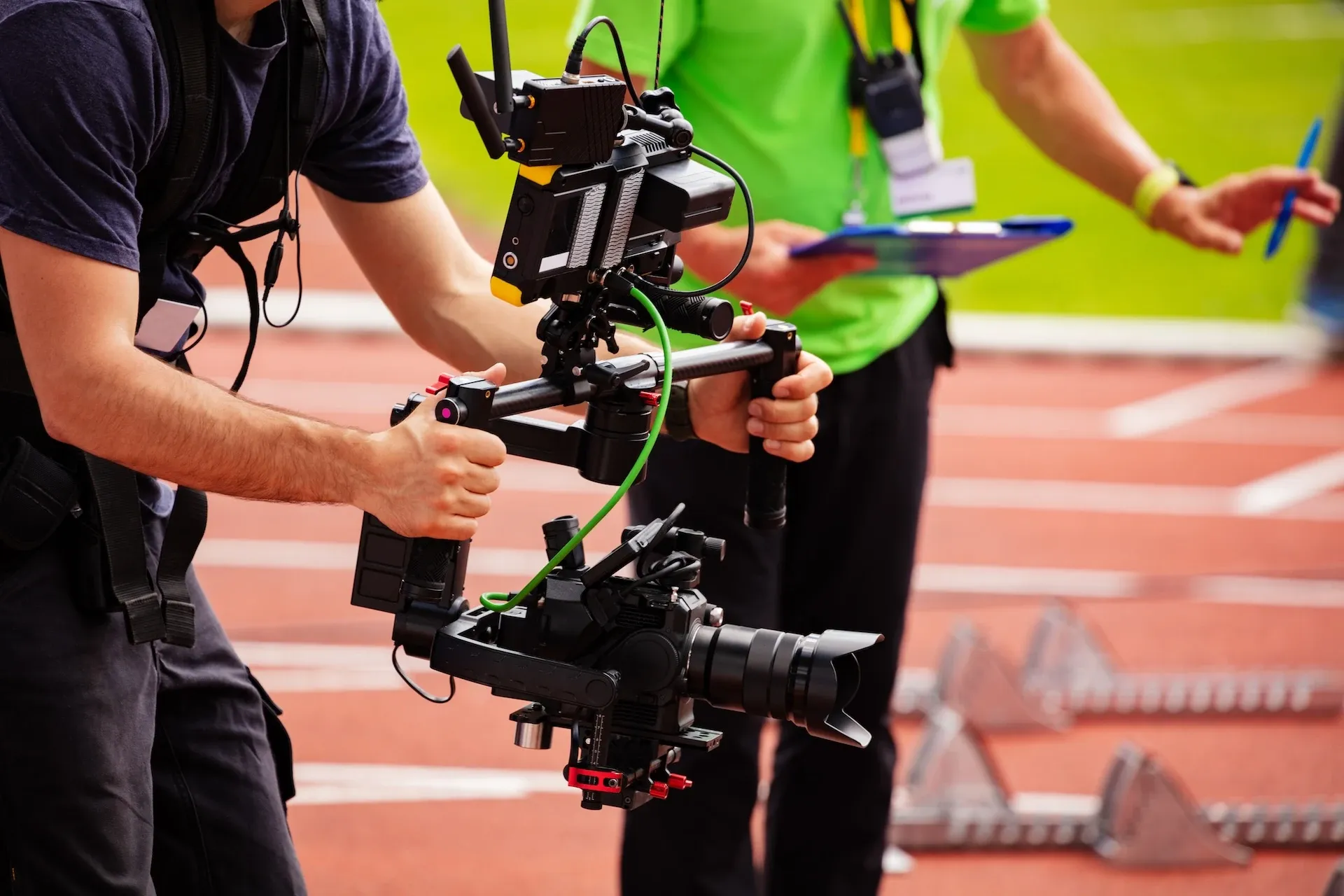
What are some of the best examples of slow-motion video?
Now that we’ve run through the essentials of slow-motion video, let’s finish with some elite examples.
Chariots of Fire (1981)
Chariots of Fire is perhaps best known for its Vangelis theme nowadays, but Hugh Hudson’s landmark sports drama is still a 10/10 no matter how you slice it. The film’s final race features some fascinating slow-motion video, letting the audience take in the 400m sprint while the runner’s interior monologue directly addresses his sister. Slowed right down and with those Vangelis keys blaring, it’s nothing short of epic.
The Matrix (1999)
Arguably the coolest use of slow-motion video ever? You know the drill: Neo is The One, he can do unbelievable acrobatics, and he can dodge bullets like they’re going out of style. The Wachowskis’ 1999 sci-fi classic has been parodied and pastiched endlessly over the years, and this is just one instance — the slow-motion is so darn iconic.
Inception (2010)
Christopher Nolan’s Inception is a cerebral, chin-scratchy film, sure. But what makes it so brilliant is its vast appeal — you can take the movie at face value and still have an absolute blast. Even though it’s built on dream logic and brain-busting theories, Inception’s visuals cut through all of that.
Check out the clip below for a taste of what we mean — it would be interesting at regular speed, but it just pops so much more in slow-motion.
Secret Life of Dogs (2013)
‘Slow-motion video of dog drinking water.’ That’s what you came for, right? Here it is. In all seriousness, though, slow-motion video can work wonders for nature documentaries — you can use it as a magnifying glass of sorts, showing viewers a side to animals, terrain, and weather that they’ve never seen before.
So, that’s slow-motion content in a nutshell. It’s effective and not too complicated, but it takes time and effort to prepare the perfect shot. It’s one small piece of the larger filmmaking puzzle, and can tip certain scenes from ‘great’ into ‘legendary’ territory.
Music can also do that. After all, the soundtrack can make or break your content — a tactically-placed song is sometimes all it takes to keep a viewer hooked. It’s important, so don’t leave it to chance. Use Epidemic Sound.
Our catalog is high-quality, affordable, and safe. An Epidemic Sound subscription goes beyond royalty-free music, removing the headache of licensing and freeing you up to do what you do best. You can enjoy the safety of our license hand-in-hand with our massive catalog of 50,000 tracks, covering just about every genre you can think of. You’ll also gain unlimited access to our advanced search functions — finding the right sound’s never been easier.
It’s better than royalty-free. It’s worry-free. Get started with Epidemic Sound below.

Are you a filmmaker? We've got you covered with background music for videos, including:
Take your video editing to the next level with our massive catalog of music for filmmakers.

